Monday, April 25, 2022
Bloomington Birding Hotspots Through the Seasons
Categories: Outdoors
By Heather Ray & Ken Keffer
Enjoying nature is a year-round activity in Bloomington, and this is especially true for birdwatchers. Each season offers unique opportunities for spotting our feathered friends in different habitats. For example, spring and fall are ideal for catching glimpses of rare migratory warblers and shorebirds. Winter is great for seeing who’s perched among the bare treetops or on open water, and with summer comes the flight of hummingbirds and bright flashes of orange on male Baltimore orioles. Wondering where to go to get the most out of your birding adventures in B-Town? Read on for seasonal highlights.
Spring
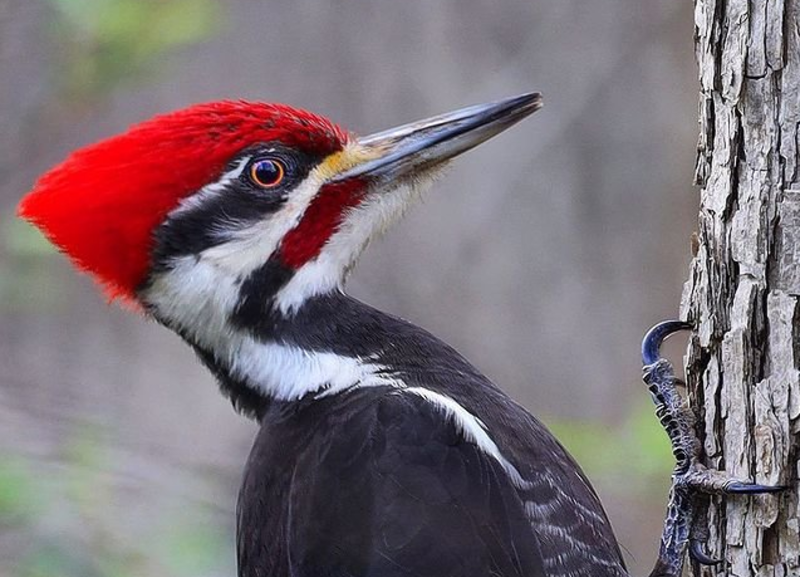
Photo by @sunnhunt on Instagram
Synonymous with migration, spring is the ideal time for seeing birds that may just be passing through. If you’re up for an adventurous hike, Cedar Bluffs Nature Preserve is a fun place to see a variety of species as they travel to their destinations. More than 20 varieties of warblers and numerous other songbirds have been spotted on their journey north, a few of which may even hang around to nest for summer. Among them are prairie, yellow-throated, and blue-winged warblers, as well as indigo bunting, rose-breasted grosbeak, and cedar waxwings.
Another springtime (or anytime) hotspot is Beanblossom Bottoms Nature Preserve. While the trails and boardwalk offer year-round views of seven species of woodpeckers, spring is a good season to look for elusive birds in the marsh, such as the Virginia rail and Sora skulking. Look closely and you may even be fortunate to recognize an American bittern disguising itself in the swampy vegetation.
Be ready to see several species of flycatchers, including the eastern phoebe and eastern wood-pewee, as well as willow, alder, and Acadian flycatchers. These insectivores perch prominently and then flutter out to grab their meals on the wing.
Summer
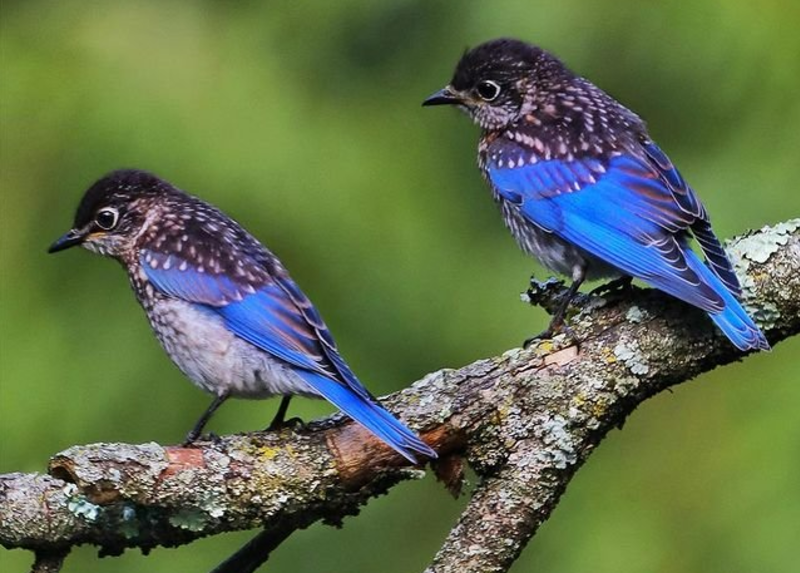
Photo by @sunnhunt on Instagram
Summer is the time to see the nesting neotropical songbirds Indiana is known for, and the best places to do that are in the largest mature hardwood forests surrounding Bloomington: the Hoosier National Forest, Morgan-Monroe State Forest, and Yellowwood State Forest.
Each of these hotspots are excellent for seeing nesting tanagers, vireos, wood thrushes, Baltimore orioles, and American redstarts — warblers that look like miniature orioles flitting about the trees. Other warbler species can be trickier to track down, but they include hooded, worm-eating, cerulean, Connecticut, and Kentucky warblers, plus Louisiana waterthrush, ovenbird, and northern parula, too.
Summer is also a great time for birding Bloomington’s urban wooded areas. Whether you’re strolling through Dunn Woods on Indiana University's campus, hiking along Griffy Lake, or walking the B-Line or Clear Creek trails, scan the treetops for eastern bluebirds, a variety of woodpeckers, indigo bunting, rose-breasted grosbeak, American goldfinch, blue jay, and of course, our lovely state bird (if you guessed the Northern cardinal, you got it!). Birds can be found everywhere if you're paying attention.
Fall
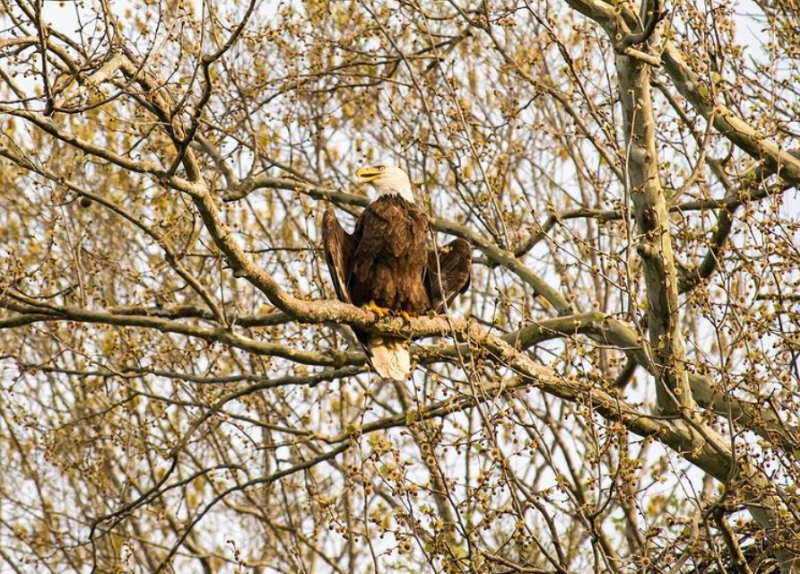
Photo by @naturewithnadia on Instagram
During the early days of fall, the forest landscapes listed as summer hotspots are also great for catching final glimpses of several northern migrant warblers and thrushes returning south to their wintering grounds. Additionally, the Hickory Ridge Fire Tower in the Charles C. Deam Wilderness of the Hoosier National Forest is ideal for viewing soaring red-shouldered & broad-winged hawks, falcons, and bald eagles. Blue jays causing a ruckus might reveal a daytime roosting site for great-horned and barred owls — or it could just be blue jays being blue jays.
Leonard Springs Nature Park is also a good place for fall hawk sightings, including the broad-winged hawk and sharp-shinned hawk. Mixed flocks of migrating warblers come and go any given day during the fall, with belted kingfishers, kinglets, eastern phoebes, and cedar waxwings frequently seen here as well. In addition to the robust variety of birds, it’s especially neat to watch the nature park's namesake springs change throughout the seasons.
Winter
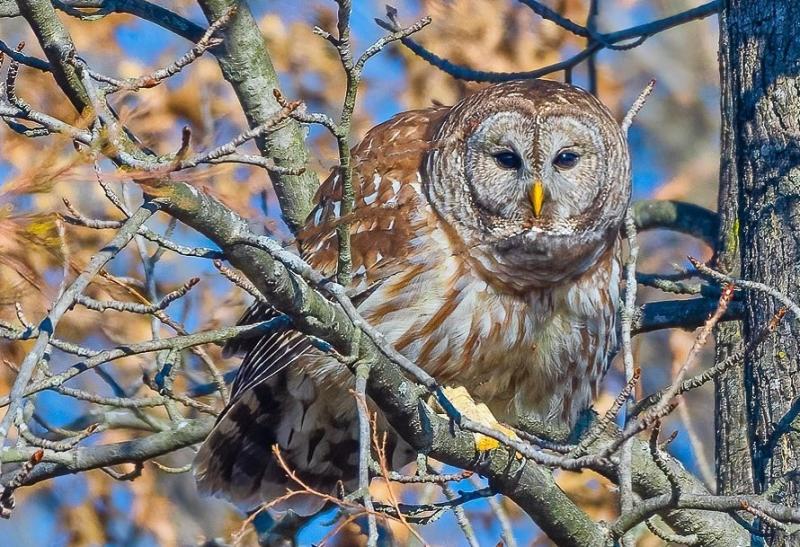
Photo by @thinklikeapoet on Instagram
From December through March the weather may be chillier, but the birding is no less spectacular. Newly bare branches make woodpeckers and birds of prey – owls, hawks, and eagles – a little easier to find. Along area lakes and ponds, you can find a variety of wintering waterfowl and gulls, while wooded areas — especially those with berry-producing trees like cedars — offer glimpses of lingering yellow-rumped warblers.
With a little effort, you can easily find dozens of species at Fairfax State Recreation Area on the southwest side of Monroe Lake, as well as Paynetown State Recreation Area on the north side of the lake. Here, snow geese are a crowd favorite. Looking closer, you may be lucky enough to spot a Ross’s goose. Rafts of diving ducks including scaup, goldeneyes, and buffleheads can be found as well. Keep an eye out for unique waterfowl like loons, scoters, and mergansers cruising the open waters, and turn to the sky for a variety of gulls, including some rare finds like the glaucous, Iceland, lesser black-backed, and great black-backed species.
December through February is the best time to see hundreds of five-foot-tall sandhill cranes overwintering at Goose Pond Fish & Wildlife Area in nearby Greene County. Among them, look for an endangered family of whooping cranes — their snowy white plumage helps them stand out in the crowd. At sunset, short-eared owls cruise over the marshlands of Goose Pond for much of the winter as well.
Related Content
Guest Author
Visit Bloomington loves having local experts provide insights via the Backstage Blog. We hope you enjoyed it too.

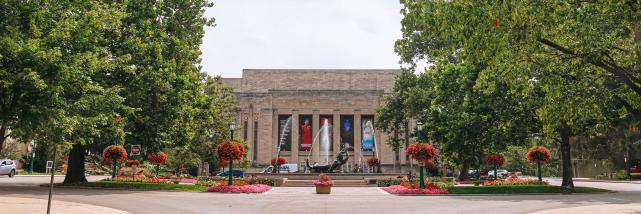
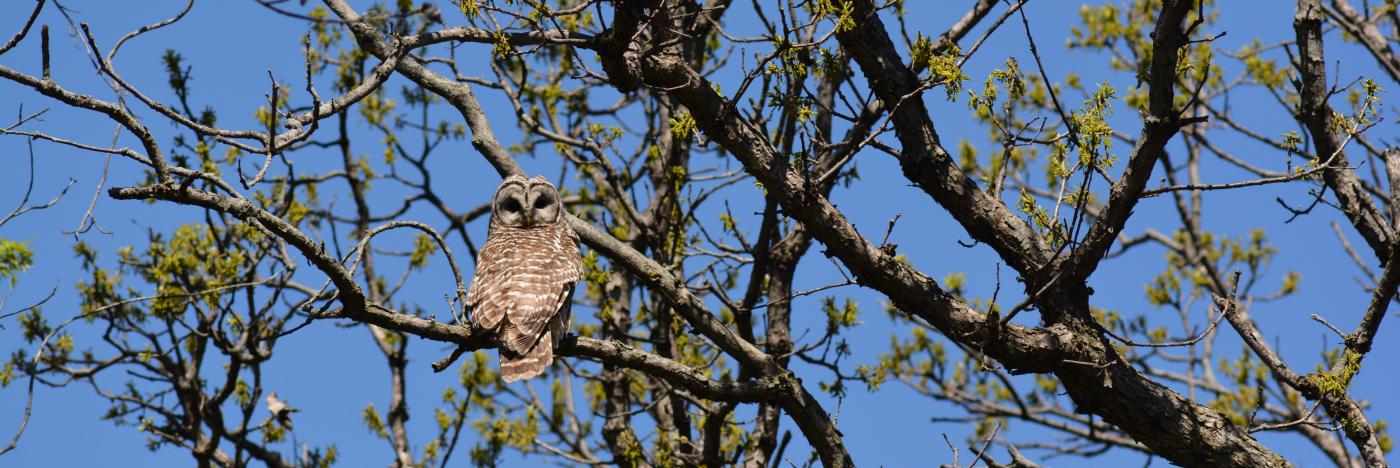


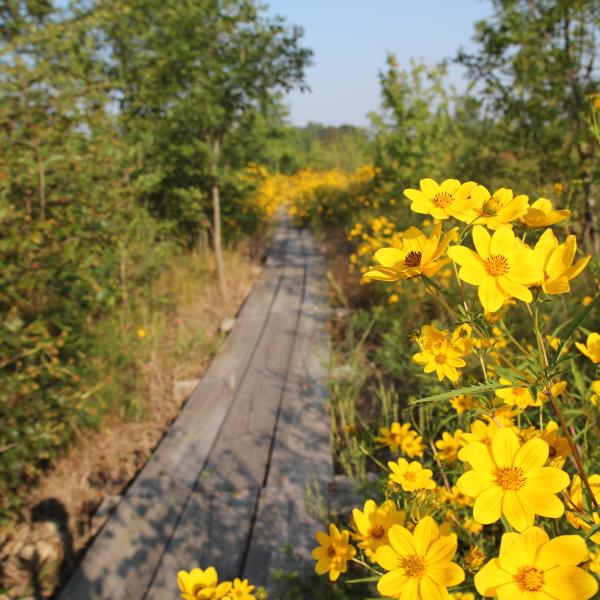
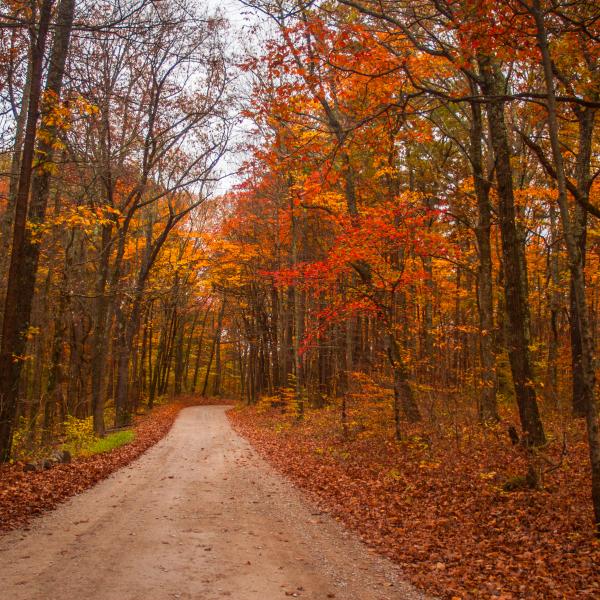
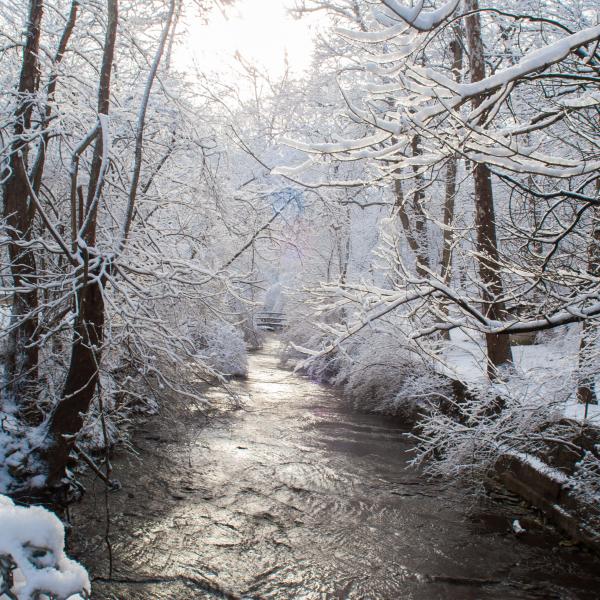
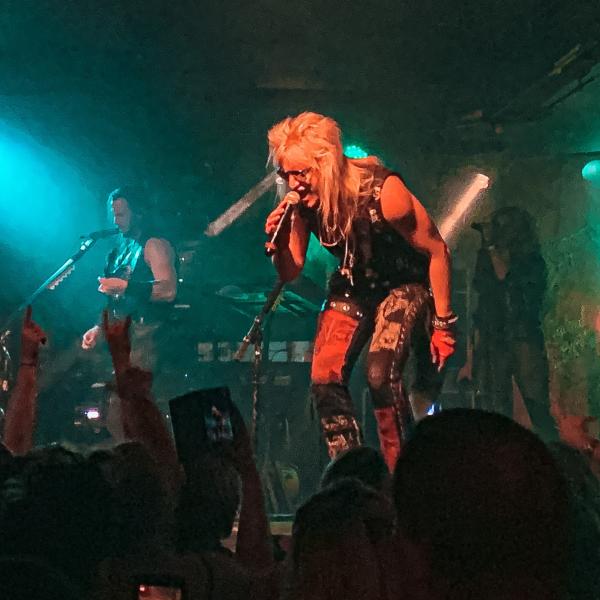

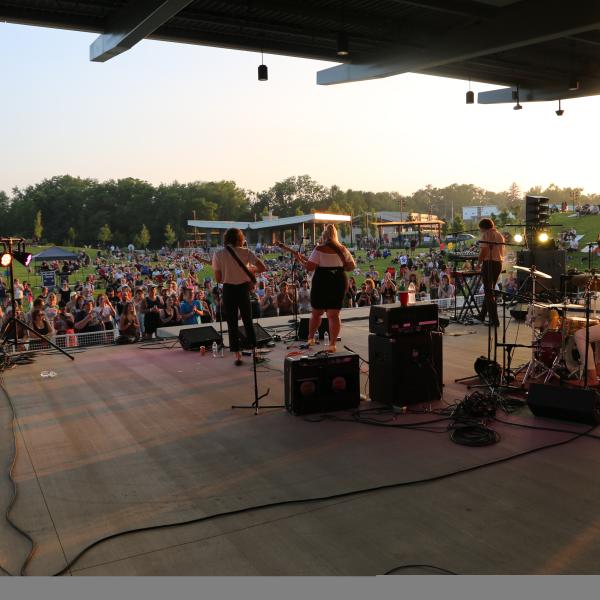
Comments